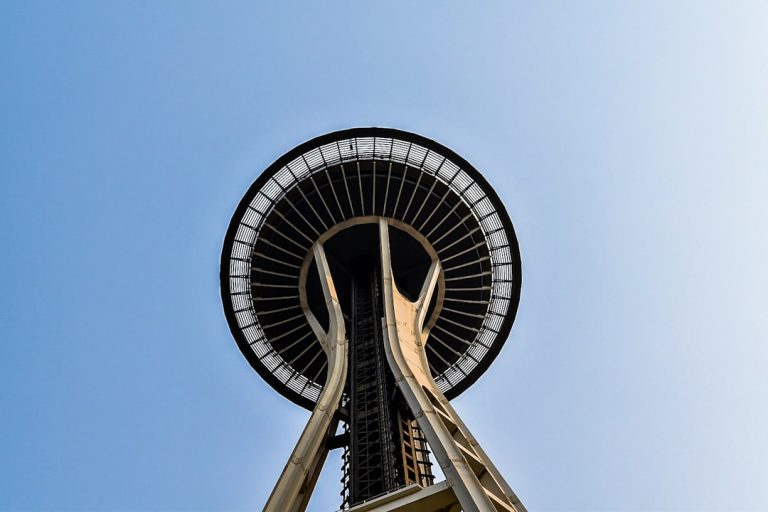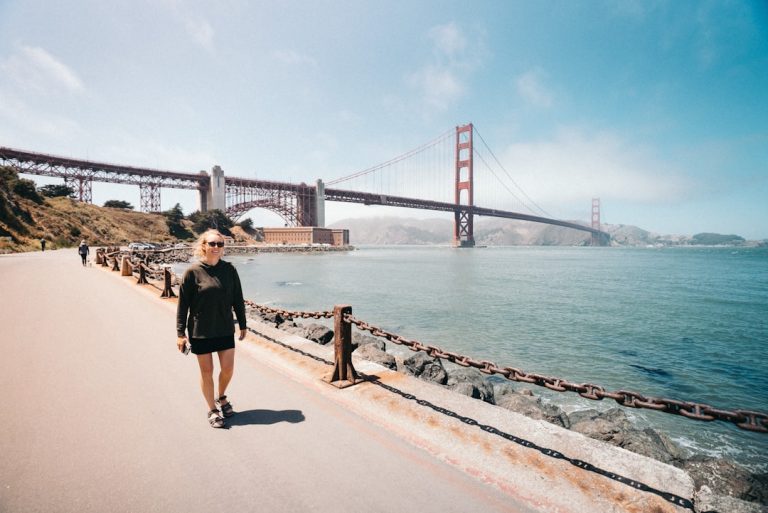
Texas, often referred to as the Lone Star State, is the second-largest state in the United States, both in terms of area and population. Covering approximately 268,596 square miles, Texas boasts a diverse landscape that ranges from deserts and mountains to forests and coastlines. The state’s vastness is matched only by its rich cultural tapestry, which is woven from a history that includes Native American heritage, Spanish colonization, and a significant role in the American frontier.
Texas became an independent republic in 1836 before joining the United States in 1845, a unique history that contributes to its distinct identity. The state’s capital is Austin, known for its vibrant music scene and progressive culture, while Houston stands as the largest city, a bustling metropolis that serves as a hub for energy, healthcare, and aerospace industries. Dallas, another major city, is recognized for its historical significance in the oil industry and its modern skyline.
Each of these cities offers a unique glimpse into the multifaceted character of Texas, where traditional Southern hospitality meets a modern, urban lifestyle. The state’s motto, “Friendship,” reflects the welcoming nature of its residents, who take pride in their Texan roots.
Key Takeaways
- Texas is known as the Lone Star State and is the second largest state in the US, with diverse landscapes and a rich history.
- Must-see natural wonders in Texas include the Big Bend National Park, Palo Duro Canyon, and the Gulf Coast beaches.
- Historical and cultural attractions in Texas include the Alamo, San Antonio Missions, and the NASA Space Center.
- Unique events and festivals in Texas include the State Fair of Texas, South by Southwest (SXSW), and the Texas Renaissance Festival.
- Texas cuisine is a blend of Southern, Southwestern, and Mexican influences, with dishes like BBQ, Tex-Mex, and kolaches. Insider tips for exploring Texas include visiting in the spring or fall to avoid extreme weather, and taking advantage of the state’s diverse outdoor activities such as hiking, camping, and birdwatching.
Must-See Natural Wonders in Texas
Big Bend National Park: A Treasure Trove of Natural Beauty
One of the most iconic sites is Big Bend National Park, located in the Chihuahuan Desert along the Rio Grande. This expansive park features dramatic canyons, rugged mountains, and vast desert expanses. Visitors can hike the challenging trails of the Chisos Mountains or explore the serene waters of the Rio Grande. The park is also a haven for wildlife enthusiasts, with opportunities to spot species such as black bears, mountain lions, and a variety of bird species.
Palo Duro Canyon: The “Grand Canyon of Texas”
Another remarkable natural feature is the Palo Duro Canyon, often referred to as the “Grand Canyon of Texas.” Situated near Amarillo, this canyon is the second-largest in the United States and offers stunning views of colorful rock formations and deep ravines. The canyon’s unique geology has been shaped over millions of years by erosion and weathering, creating a landscape that is both visually striking and geologically significant.
Outdoor Adventures in Palo Duro Canyon
Visitors can enjoy hiking, horseback riding, and even outdoor theater performances during the summer months at the Texas Outdoor Musical.
Historical and Cultural Attractions

Texas’s rich history is reflected in its numerous historical and cultural attractions that draw visitors from around the world. The Alamo in San Antonio stands as a symbol of Texan independence and resilience. This former mission turned fortress was the site of a pivotal battle during the Texas Revolution in 1836.
Today, it serves as a museum where visitors can learn about the events that transpired there and pay homage to those who fought for Texas’s freedom. The surrounding area, known as the Alamo Plaza, features beautiful gardens and additional historical buildings that enhance the experience. In addition to the Alamo, the San Antonio Missions National Historical Park encompasses four other Spanish colonial missions: Mission Concepción, Mission San José, Mission San Juan Capistrano, and Mission Espada.
These missions are UNESCO World Heritage Sites and provide insight into the early Spanish influence on Texas culture. Each mission showcases unique architectural styles and offers educational programs that delve into their historical significance. The park’s walking trails connect these missions, allowing visitors to explore this important chapter in Texas history at a leisurely pace.
Unique Events and Festivals
| Event/Festival Name | Location | Date | Number of Attendees |
|---|---|---|---|
| Coachella Valley Music and Arts Festival | Indio, California | April | 100,000+ |
| Oktoberfest | Munich, Germany | September-October | 6 million+ |
| Carnival in Rio de Janeiro | Rio de Janeiro, Brazil | February-March | 2 million+ |
| Mardi Gras | New Orleans, Louisiana | February | 1.4 million+ |
Texas hosts a plethora of unique events and festivals throughout the year that celebrate its diverse culture and traditions. One of the most famous is South by Southwest (SXSW), held annually in Austin. This festival combines music, film, and interactive media, attracting artists, filmmakers, and music lovers from around the globe.
SXSW has become a launching pad for emerging talent and offers attendees a chance to experience cutting-edge performances and screenings while networking with industry professionals. Another notable event is the Houston Livestock Show and Rodeo, which is one of the largest livestock exhibitions and rodeos in the world. This month-long event features rodeo competitions, concerts by top country music artists, carnival rides, and an extensive array of food vendors showcasing Texas cuisine.
The rodeo not only highlights Texas’s agricultural heritage but also raises funds for scholarships and educational programs for local youth. Attending this event provides an authentic taste of Texan culture while supporting community initiatives.
Texas Cuisine and Culinary Delights
Texas cuisine is as diverse as its landscape, influenced by various cultures including Mexican, German, Czech, and Southern traditions. Barbecue is perhaps the most iconic culinary representation of Texas, with each region boasting its own style. Central Texas is renowned for its brisket, which is slow-cooked over post oak wood until it reaches tender perfection.
Establishments like Franklin Barbecue in Austin have gained national acclaim for their mouthwatering offerings, often resulting in long lines of eager patrons. Tex-Mex cuisine also plays a significant role in Texas’s culinary landscape. Dishes such as enchiladas, tacos, and fajitas reflect the fusion of Mexican flavors with American ingredients.
Restaurants like Mi Tierra Café y Panadería in San Antonio offer an authentic dining experience with vibrant decor and traditional dishes that celebrate this cultural blend. Additionally, Texas is known for its chili con carne—a hearty stew made with meat and chili peppers—often served at local cook-offs where chefs compete for bragging rights.
Insider Tips for Exploring Texas

Exploring Texas can be an exhilarating experience if approached with some insider knowledge. One essential tip is to embrace the state’s vastness by planning your itinerary carefully. Given that Texas is larger than many countries, it’s crucial to account for travel times between destinations.
For instance, driving from Austin to El Paso can take over eight hours; thus, breaking up long drives with stops at smaller towns or attractions can enhance your journey. Another valuable piece of advice is to immerse yourself in local culture by attending community events or visiting lesser-known attractions. While major cities like Dallas and Houston offer plenty of entertainment options, smaller towns often host unique festivals or markets that provide an authentic taste of Texan life.
For example, visiting Fredericksburg during Oktoberfest allows you to experience German heritage through food, music, and dance in a charming Hill Country setting. Additionally, consider exploring Texas’s outdoor activities beyond just sightseeing. The state offers numerous opportunities for hiking, biking, and water sports across its parks and lakes.
The Guadalupe River is popular for tubing during hot summer months while places like Enchanted Rock State Natural Area provide stunning views after a rewarding hike to the summit. Engaging with nature not only enhances your appreciation for Texas’s beauty but also allows you to connect with fellow outdoor enthusiasts. In summary, Texas is a state rich in history, culture, natural beauty, and culinary delights.
From its iconic landmarks to its vibrant festivals and diverse cuisine, there is something for everyone to enjoy in this vast land known as the Lone Star State. Whether you’re exploring bustling cities or tranquil landscapes, Texas promises an unforgettable adventure filled with unique experiences that reflect its storied past and dynamic present.
If you’re intrigued by the diverse attractions and historical insights offered in the article “Texas: Interesting Facts, Places to Visit, and Things to See,” you might also find value in exploring more specific information about one of Texas’s largest cities. I recommend reading Houston: Facts and Places to Visit.
Whether you’re planning a visit or just curious about this vibrant city, the article is a great resource for anyone looking to enhance their knowledge about Houston.
FAQs
What are some interesting facts about Texas?
– Texas is the second largest state in the United States, both in terms of area and population.
– The state is known for its diverse geography, including deserts, forests, and coastline.
– Texas is famous for its oil industry and is the leading producer of oil and natural gas in the United States.
– The state is home to the NASA Johnson Space Center in Houston and the famous South by Southwest (SXSW) festival in Austin.
What are some popular places to visit in Texas?
– The Alamo in San Antonio is a historic site where a pivotal battle for Texas independence took place.
– The River Walk in San Antonio is a popular tourist attraction with restaurants, shops, and scenic views.
– Big Bend National Park offers stunning desert landscapes, canyons, and the Rio Grande river.
– The Space Center Houston offers a behind-the-scenes look at NASA’s Johnson Space Center.
What are some things to see in Texas?
– The Texas State Capitol in Austin is an impressive building with beautiful architecture and historical significance.
– The San Antonio Missions National Historical Park includes several well-preserved Spanish missions.
– The Texas State Fair in Dallas is a major event featuring food, entertainment, and livestock shows.
– The Lyndon B. Johnson National Historical Park showcases the life and legacy of the 36th President of the United States.






